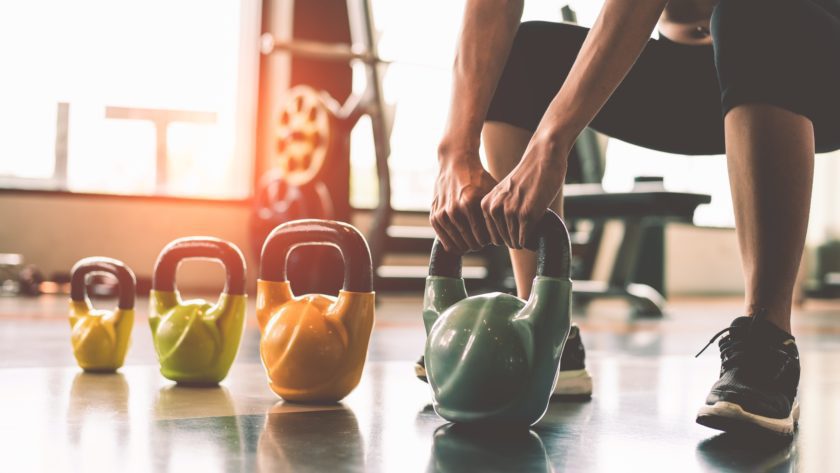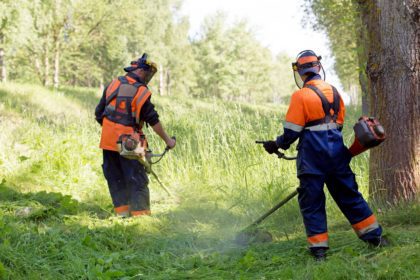If you made a promise to exercise more starting on the first of the year, four months have now passed. If you’ve had trouble sticking with your exercise regimen, here’s a New Year’s Resolution ‘addendum’.
The Do’s and Don’ts to Exercising More and Preventing Plateaus
- DO remember the “3-Minute Motivator”.
- Sometimes the hardest part is just getting started, so think “3 minutes”.
- When you exercise, your body releases “happy hormones”, such as endorphins, dopamine, and serotonin.
- Endorphins, your body’s natural pain reliever, help lead to feelings of well-being and euphoria (“runner’s high”).
- Dopamine — The “feel-good” hormone, dopamine, helps you feel pleasure.
- Serotonin — Serotonin helps regulate your mood. It’s a mood stabilizer and boosts feelings of wellbeing and happiness.
- Just three minutes of physical activity stimulate these chemicals to flow. So run in place, do jumping jacks, play some music and dance around the room to get going!
- DON’T be an exercise perfectionist.
- Drop the “All or Nothing” way of thinking when it comes to exercise. Sometimes life gets in the way. That’s a fact, but just so long as it’s not an excuse.
- If you can’t fit in your normal workout, do what you can. If you can only squeeze in 8 minutes, then do 8 minutes. Who knows, you may find you can actually fit in more.
- DO simplify your workouts — Work smarter, not harder.
- A simpler workout will overcome the obstacle of “I don’t have the time”. You don’t need to spend hours in the gym to achieve desired results.
- Reduce your risk of overtraining. Workouts that are too long and/or too intense increase risk for injury and can lead to a lack of energy, diminished performance, poor sleep, and loss of enthusiasm.
- To simplify your workouts, follow Tip #4 and #5.
- DON’T do isolated exercises.

- Isolated exercises only work one muscle group at a time (e.g., bicep curl, tricep extension).
- Lifting weights is the key to changing your body composition, but stick to compound movements, where you are working more than one muscle group simultaneously (e.g., squat, lunge, overhead press, pull-up, bench press, deadlift, loaded carry).
- Compound exercises are more efficient, more functional, and elicit a far greater muscle-building stimulus than isolation exercises (where you’re only working one muscle group at a time.
- More muscle boosts your metabolism.
Combination examples:
- Combine a compound movement (squat) with 1-2 strength exercises (bicep curl and overhead press).
- Combine compound movements (squat) with a cardio element — a jump (jump squat) or jumping jack (squat jack).
- DO shorten cardio training.
- Swap out long, “steady-state cardio” workouts, where effort remains steady (fixed pace or fixed effort level) with shorter high-intensity workouts.
- Long, repetitive cardio workouts, such as walking/running on a treadmill, can put unnecessary stress on your joints.
- DON’T do sit-ups and crunches.
- DO switch up your workouts.
- The human body is very adaptable and will become more efficient, so it doesn’t have to work as hard. The result: fewer calories burned.
- To continue seeing changes in your body, you need to keep changing things up.

![]() Karen’s Fit Tip: Incorporating more exercise into your daily routine is more about progression, not perfection. For more health tips: KarenOwoc.com.
Karen’s Fit Tip: Incorporating more exercise into your daily routine is more about progression, not perfection. For more health tips: KarenOwoc.com.





